Fitness and activity aren't just for those with two legs. Like us, our dogs need regular exercise to feel their best and live their healthiest lives. Some dogs are considered more active than others, and depending on the breed and age, you may be considering training your dog to run with you.
But you may not know where to start that training. At what age should you start? Are certain dog breeds more active than others?
As with people, the answer to this will vary from dog to dog and depend on age, health, and breed. But we have some standard guidelines and suggestions to start you on your way to training your dog to run with you!
How Much Daily Exercise Do Puppies Need?
The amount of exercise a puppy requires will depend on what breed that puppy is. Some of the most active species, for example, are:
- Weimaraner
- Dalmatian
- Vizsla
- German Shorthaired Pointer
- Rhodesian Ridgeback
- English Springer Spaniel
- Doberman Pinscher
- American Foxhound
- Saluki
- Belgian Malinois
- Labrador Retrievers
- German Shepherds
- Border Collies
- Siberian Husky
- Greyhounds
Puppies in general will have much more energy than adult dogs. You might notice your puppy getting a case of what is called the "zoomies," several times a day for short bursts. Zoomies' symptoms include madly racing around the house and across furniture during the day or night before settling back down. Like the zoomies, puppies require shorter bursts of exercise. Since a puppy is actively and constantly growing, several short walks or play sessions throughout the day is the safest choice when they are young than going on a long walk or run.
Of course, the longer time you can dedicate to playing with your puppy, the more you will learn how much exercise and stimulation work for them to keep you and them happy.
We also recommend seeking out the opinion of your vet or breeder to see how much daily activity they believe is appropriate for your puppy.
How Much Exercise Does an Adult Dog Need?
Your dog's breed heavily influences the level of physical activity they need and whether or not they are suited for running. For example, high-energy breeds like a Border Collie and German Shepherd will require far more exercise than an adult Pug, Chihuahua, or French Bull Dog.
Short-muzzle breeds such as Bull Mastiffs, Boston Terriers, Shih Tzus, Lhasa Apsos, and Pekingese should only sprint for short distances.
Your dog's health is also essential to determine whether you should train them to run with you. Suppose your dog is senior or has arthritis, hip dysplasia, or respiratory issues. In that case, you should consult a vet for recommended exercise routines that help them stay healthy without discomfort.
A senior dog may not be able to handle training to run or run as far as they once did, and you may want to restrict their exercise to gentle walks instead or other forms of activity better suited to older dogs.
Walk First, Run Later
1. The Walk
Your dog should learn to master or has already mastered loose-leash walking before you begin training them to jog with you. Dogs that pull on the leash are already frustrating and challenging when walking. When running, it becomes dangerous to both you and the dog. There are so many distractions for your dog when outside that could trigger them to try and chase, which could cause you to fall or, worse, lose your grip on the leash.
A dog that has mastered walking calmly beside you with its leash hanging in a relaxed J shape is ready to begin the next step to jogging with you.
2. The Position
Once relaxed leash training has been mastered, it's time to train position. You do not wish to have your dog run in front of you or weave side to side while on the run, tripping you, or tangling your legs on the leash. Pick a side that is comfortable for your dog to be on, and then stick with it.
Start with a walking pace and remember reward placement as you reward them when they move and stay in the arrangement you wish them to remain in. Slow treat or reward delivery can cause confusion and poor reward placement.
Some tips for proper positive reinforcement or treat training:
- What is your dog doing when you give them their treat? It should be when they do what you wish, such as moving to your side. Always give your dog their reward when they are in the position or doing the behavior you want to reinforce.
Once your dog masters position training, you can move your dog onto a different cue. You may want to consider a hands-free dog leash to make exercise and future running even easier.
Cues – Speed
Your dog is now walking politely at your side, the leash in a relaxed J, so what's next? It's time to increase speed gradually. You might already have a verbal cue for your dogs for walking, such as, "Walk?" or asking them if they want to go for a walk. The logical next step is to train your dog with a different cue like, "Let's go!" or "Time to run!" to tell your dog to pick up the pace.
Teach them the running cue by slowly interspersing short bursts of jogging or running with your regular walk. Give them the signal you want them to learn, then increase your speed, then as they hurry to catch up, give them their reward. In this same vein, you can also teach your dog a cue to slow down.
Build Endurance
Now that your dog is leash-trained, knows how to walk on your preferred side, and knows your cues to speed up and slow down, it's time to build your dog's endurance. Just as we can't decide on Monday to start jogging and then run a marathon Tuesday without any training or practice, you'll need to build your dog's endurance slowly. Start with small stretches of running in your usual walks, then gradually increase the portion of your time spent running and decrease the time spent walking. After several weeks, your dog should adapt to running longer distances with you.
Further tips to remember:
- Your dog needs a warm-up before running and a cool-down after, just like you do.
- Be aware of extreme weather conditions. Dogs can't handle heat or humidity as well as we can.
- Always carry enough water for you and your dog.
- Let your dog have frequent breaks to recharge, investigate smells, use the bathroom, and enjoy their surroundings. Take advantage of doing the same!
- Never let your dog off-leash unless it is safe or legal, and constantly train them to recall reliably, even if distracted.
- Watch your pup for signs they've run enough: excessive panting, lagging behind you, stiffness during or after exercise, exhaustion after, and learn the signs of heat stroke in dogs.
Running with your dog can be a fun, rewarding means to spend time together while keeping you both in shape! With our tips above and your patient love and training, you'll be the perfect running companions.
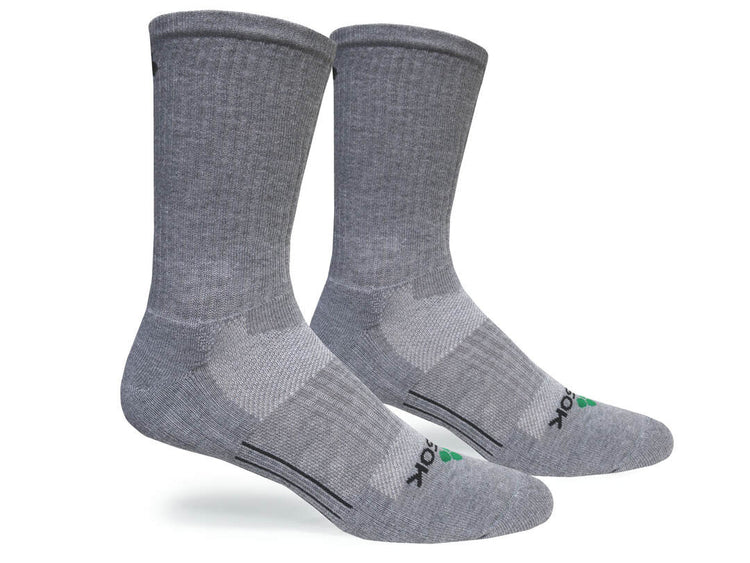
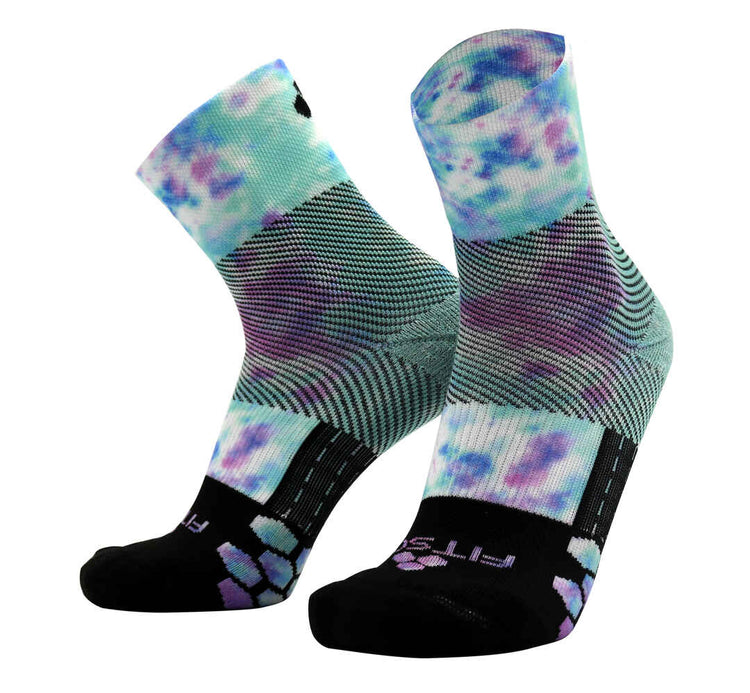
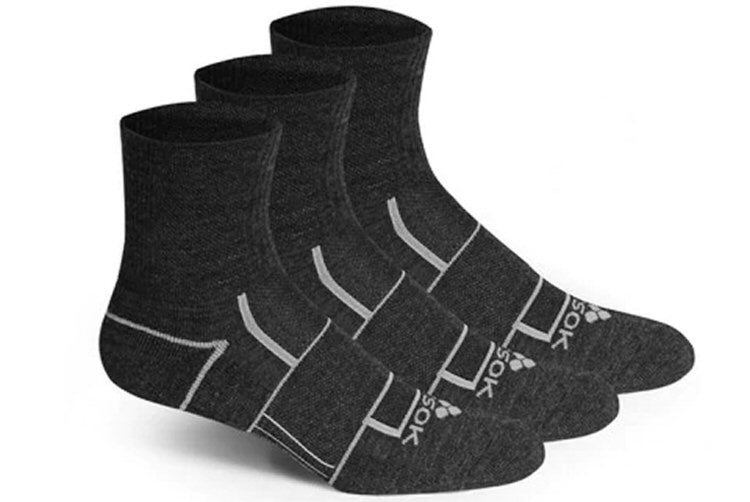


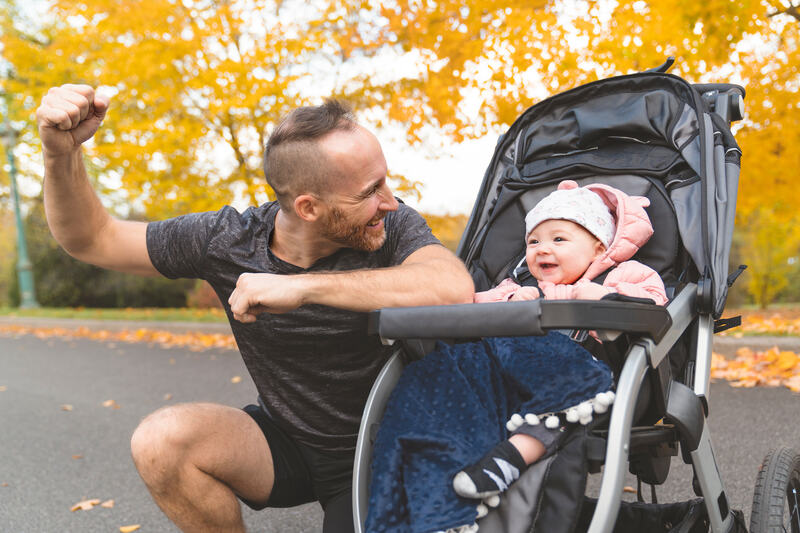
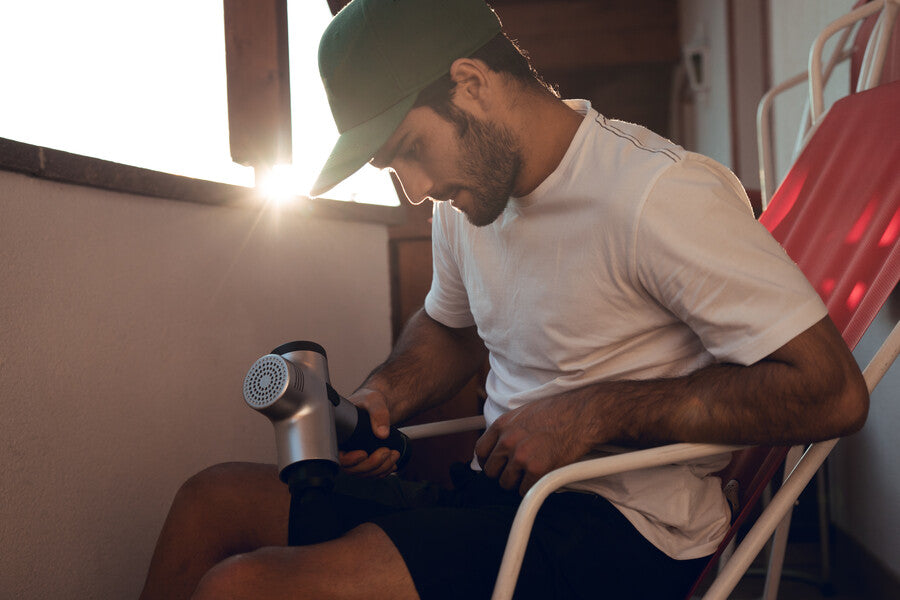
Leave a comment
This site is protected by hCaptcha and the hCaptcha Privacy Policy and Terms of Service apply.